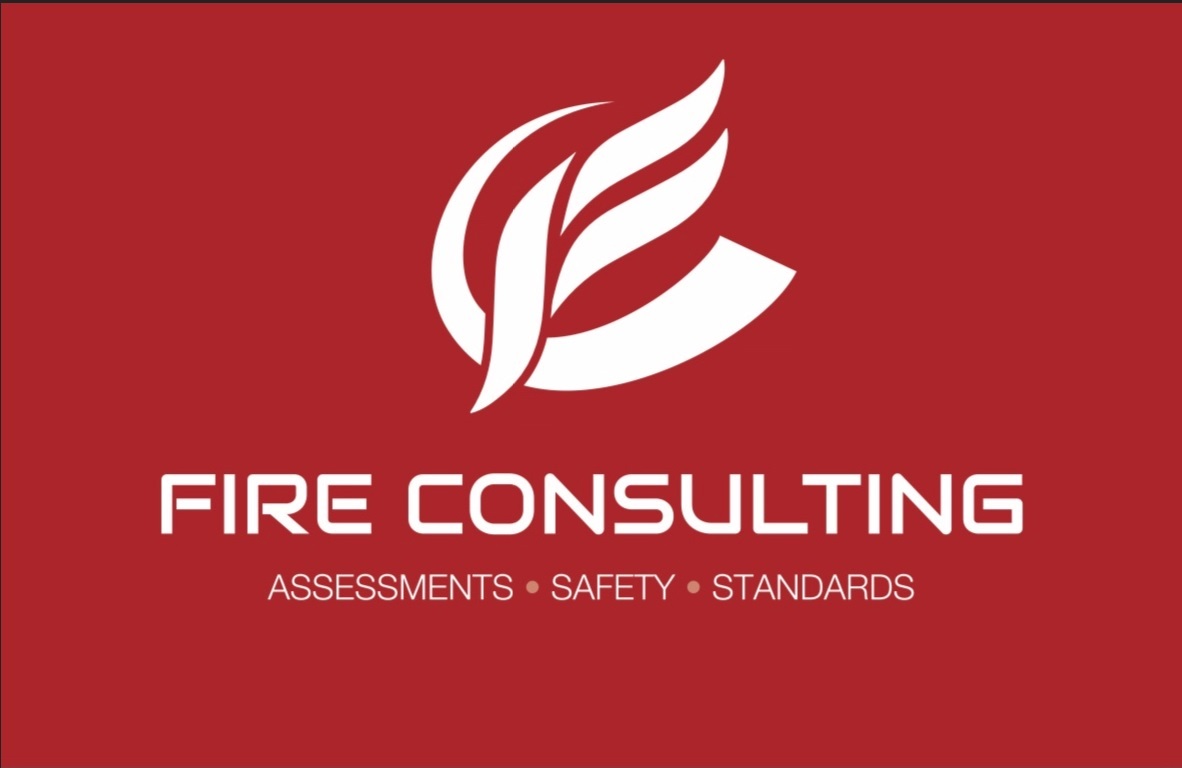From Embers to Enlightenment: The Crucial Fire Safety Solutions

Annually, fires destroy homes, businesses, and lifestyles, highlighting the essential need for efficient fire safety solutions. From residential properties to busy marketplaces, grasping and applying fire prevention strategies is vital for ensuring the safety of the safety of individuals and assets. Fire safety is not just about owning a fire suppressor on hand; it includes a wide-ranging approach that incorporates knowledge, preparedness, and the right tools.
In this write-up, we will investigate the necessary services and methods that can drastically reduce the risk of fire. Whether you are a resident, a business owner, or accountable for the safety of a shared environment, understanding how to develop a fire escape plan, the significance of regular fire drills, and the new developments in fire protection technology can be crucial. Accompany us as we dive into the field of fire safety and reveal the vital steps that all individuals can adopt to turn possible catastrophe into awareness and planning.
Vital Fire Safety Guidelines
One of the main steps in fire safety is to be cognizant of common fire hazards in homes and businesses. This includes confirming that combustible materials are kept securely, not overloading overloaded electrical outlets, and maintaining appliances in good order. Consistently inspect your surroundings for potential hazards, such as worn wiring or blocked exits. Easy actions, like avoiding leaving cooking alone and employing appropriate extension cords, can dramatically reduce fire risks.
Creating a fire escape plan is crucial for both residences and workplaces. Take the time to plan clear routes to safety, identifying multiple exits in each room. Make sure all individuals, especially youth and employees, is familiar with the plan and rehearses it regularly. Conduct fire drills to ensure that everyone knows how to handle in an emergency, as drilling can help mitigate panic during a real incident.
Finally, the criticality of smoke alarms cannot be overstated. Install smoke alarms on all level of your home or business and test them on a monthly basis to verify they are functional. Replace batteries at a minimum of once per year, and consider upgrading to interconnected alarms that alert you no matter where you are. These critical detectors provide early warning and can save lives, making them a key component of an efficient fire safety strategy.
Drafting Fire Safety Plans
Drafting a thorough fire safety plan is essential for securing the safety of everyone in your house or workplace. Commence by evaluating potential fire hazards in your environment, including electrical equipment, kitchens, and keeping of flammable materials. Engage everyone present in discussions about these risks and collect input on how to appropriately address them. This joint approach encourages a sense of responsibility and consciousness among everyone involved.
Once you have discovered hazards, the next step is to formulate a well-defined fire escape plan. Fire Design Consultants should consist of designated escape routes and exits, as well as gathering locations outside the building to include all occupants. Make sure to train on these escape routes regularly through fire drills to train everyone for an emergency. Being aware exactly what to do and where to go can greatly reduce chaos and disorientation during a real fire event.

Lastly, ensure that your fire safety plan includes regular maintenance of fire safety equipment. This entails testing smoke alarms, servicing fire extinguishers, and ensuring that fire sprinklers are fully functional. Set up a routine for evaluating and modifying your fire safety plan to address any new hazards or changes in occupancy. By being proactive and meticulous in your planning, you can shield your family, staff, and property from the devastating effects of fire.
Grasping Fire Safety Regulations
Fire safety regulations hold a fundamental role in securing the protection of both residential and business spaces. These regulations are crafted to shield lives and property by specifying the required criteria and protocols that must be complied with. Compliance with these regulations merely helps in preventing fire hazards but additionally ensures that businesses are ready for emergencies. Local laws often reflect recommendations set by authoritative bodies such as the National Fire Protection Association (NFPA) and Occupational Safety and Health Administration (OSHA), making it vital for property owners to remain updated about their responsibilities.
Businesses must adhere to a spectrum of fire safety codes that cover everything from the setup of fire alarms and sprinkler systems to the service of fire extinguishers. Understanding these regulations is crucial for business owners, as neglect to comply can bring about significant legal consequences and financial penalties. Furthermore, regular training and fire drills are commonly required to prepare employees for emergency situations, guaranteeing everyone knows their roles in case of a fire.
In addition to following fire safety regulations, conducting periodic fire risk assessments is necessary. These assessments help identify potential fire hazards and ensure that the necessary precautions are adopted. By keeping in line with fire safety regulations, businesses merely safeguard their assets but also create a safe environment for their employees and customers, ultimately promoting a culture of safety and awareness.
